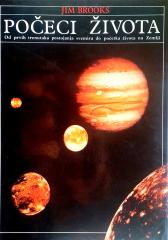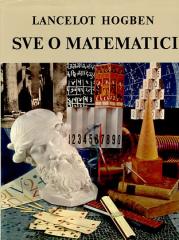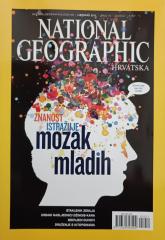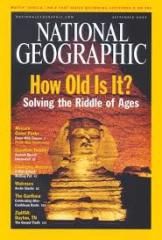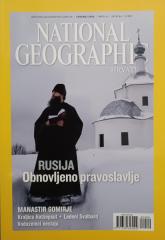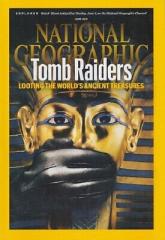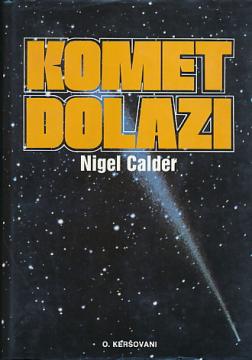
Komet dolazi: Uzbudljivo nasljeđe Edmonda Halleyja
Knjiga istražuje fascinantan svet kometa, sa fokusom na Halejevu kometu, čiji je povratak 1986. godine poslužio kao podsticaj za knjigu. Kalder istražuje istoriju čovekovog odnosa sa kometama, od drevnih mitova do moderne nauke.
Knjiga prati razvoj astronomije, posebno doprinos Edmonda Haleja, koji je prvi tačno predvideo periodičnu pojavu kometa. Autor opisuje komete kao kosmičke putnike koji putuju brzinama većim od svemirskih brodova, sa sjajnim glavama i repovima nalik raketama. On detaljno objašnjava njihovo poreklo u mitskom Ortovom oblaku, njihovu strukturu (prljava snežna grudva), njihove putanje i njihovu ulogu u istoriji, uključujući teorije o njihovom uticaju na izumiranje dinosaurusa. Kalder povezuje komete sa kulturnim i naučnim previranjima, kao što je njihov uticaj na religiju, umetnost i nauku.
Knjiga je bogato ilustrovana crno-belim i fotografijama u boji i uključuje bibliografiju i hronološki pregled. Pisanje je zanimljivo i pristupačno, spajajući naučne činjenice sa istorijskim anegdotama. Kalder naglašava uzbuđenje oko Halejeve komete, vidljive golim okom krajem 1985. godine, čineći knjigu svojevrsnom odom naučnim otkrićima i ljudskoj radoznalosti.
Dva primerka su u ponudi
Primerak broj 2
- Poruka lične prirode
